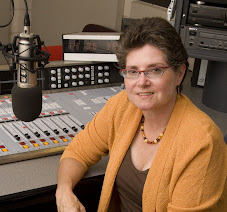Jimmy Pugh talks about helping young people find their passion, and as he speaks, it’s clear that he found his – in them. He directs Project Gridiron, a mentoring program that encourages young people to pursue postsecondary education by helping them connect their interests and abilities with realistic dreams and the people who can help those dreams come true. At the core of this work are relationships – the partnership between Jimmy and his wife, who run the project together, the connections they make with the kids and their families, and their links with staff at colleges around the country. As Jimmy explains, the key to success for these students lies in building supportive relationships with adults who can serve as role models.
The challenge of that, sadly, is that, as Jimmy explains, what many of the young people he works with need most is an African-American male role model. While I’m skeptical of his claim that only male mentors can get students to think in terms of their accountability for their decisions, he’s not alone in suggesting that male role models play a special role, especially for young people growing up in families headed by single mothers. The problem is that so many young adults need that kind of mentoring and there are not enough hours in the day for men like Jimmy Pugh – or women like his wife, for that matter -- to provide serious guidance. Project Gridiron is a small-scale model. It has to be. So the question is this: how do we get more people doing this kind of work?
Want to get involved? Contact Jimmy Pugh.

